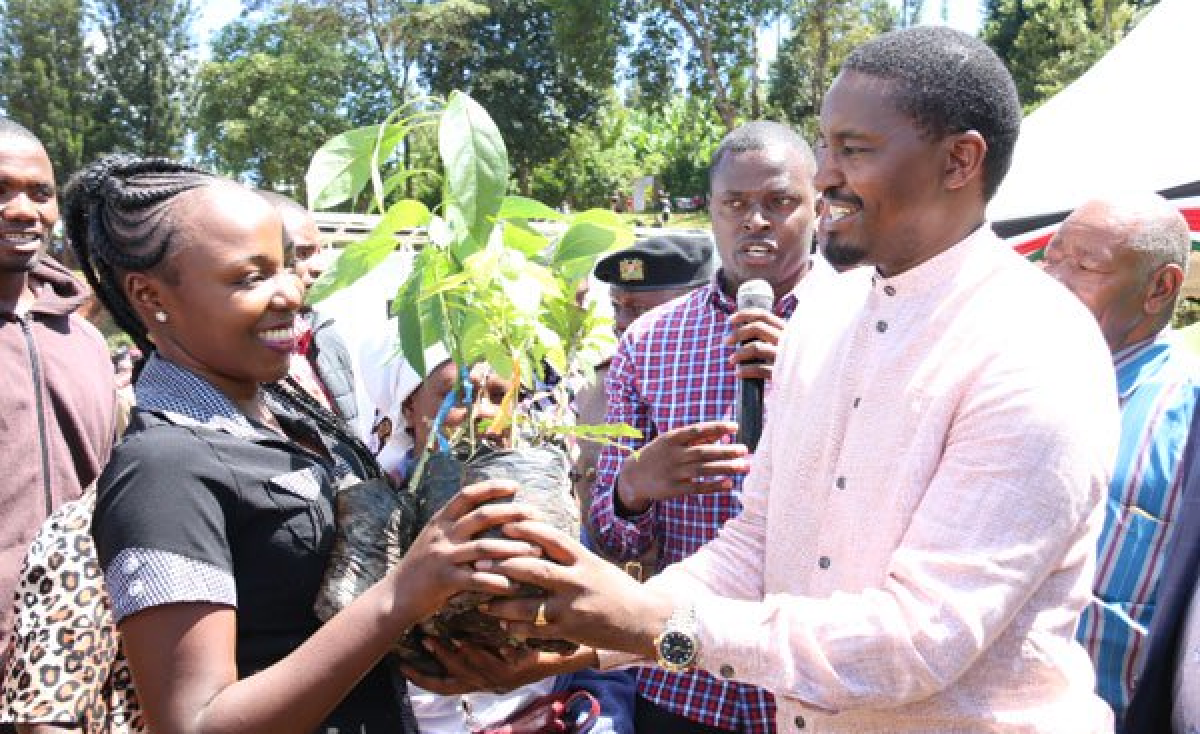About the GAFSP
The Gambia Agriculture and Food Security Project (GAFSp) is a USD16 million grant from the African Development Bank. The purpose of the project is to increase food and nutritional security, as well as household income, particularly for the vulnerable households in five administrative regions namely Central River Region (CRR North and South), Lower River Region (LRR), Upper River Region (URR), North Bank Region (NBR) and the West Coast Region (WCR) of the Gambia, through the strengthening of the sustainable Home-Grown School Feeding (HGSF) Programme. This will be achieved by increasing climate-resilient food production, post-harvest management, market access and resilience for identified nutrient-rich food chains; and by promoting smallholder farmers’ access to the HGSF as an institutional market. The connection between the food supply side (farmers) and food demand side (consumers) in the project is the HGSF Programme.
The project targets the most vulnerable in The Gambia and acts as a social protection mechanism to promote food and nutrition security in the project areas. This initiative has its bases on on-going and completed programmes led by the World Food Programme (WFP) and in other pilots that are being handed over from Food and Agriculture Sector Development Project (FASDEP) 1 and WFP to the Government of The Gambia. Specifically, it seeks to structure food demand and supply through scaling up of government institutionalized homegrown school feeding programme while improving smallholder’s income. Interventions will principally be in the project regions none the less, some value addition activities (processing, packaging and distribution) could be undertaken in other regions of the country, where such facilities exist.
GAFSp will be implemented for five years (2021-2026) with total funding of Eighteen Million, Three Hundred and Thirty Thousand United States Dollars (USD18,507,482) comprising AfDB grant of USD16,000,000 (87%) Government of the Gambia counterpart funding of USD1,378,144 (7% ) and beneficiaries’ counterpart of USD1,129,338 ( 6%).
Direct project beneficiaries will comprise of approximately 20,000 households or 160,000 beneficiaries comprising: 131,000 pre-school and school going children; 10,000 farmers of which 50% are youth and 52% female; and 20,000 other value chain actors within the project target areas. Four criteria were employed to select regions: poverty level; malnutrition status of children under five (6-59 months); level of food insecurity and agricultural production. Selected regions have high production potential and comparative advantage: CRR (irrigated rice), URR and LRR (coarse grains) and NBR and WCR (horticulture).


